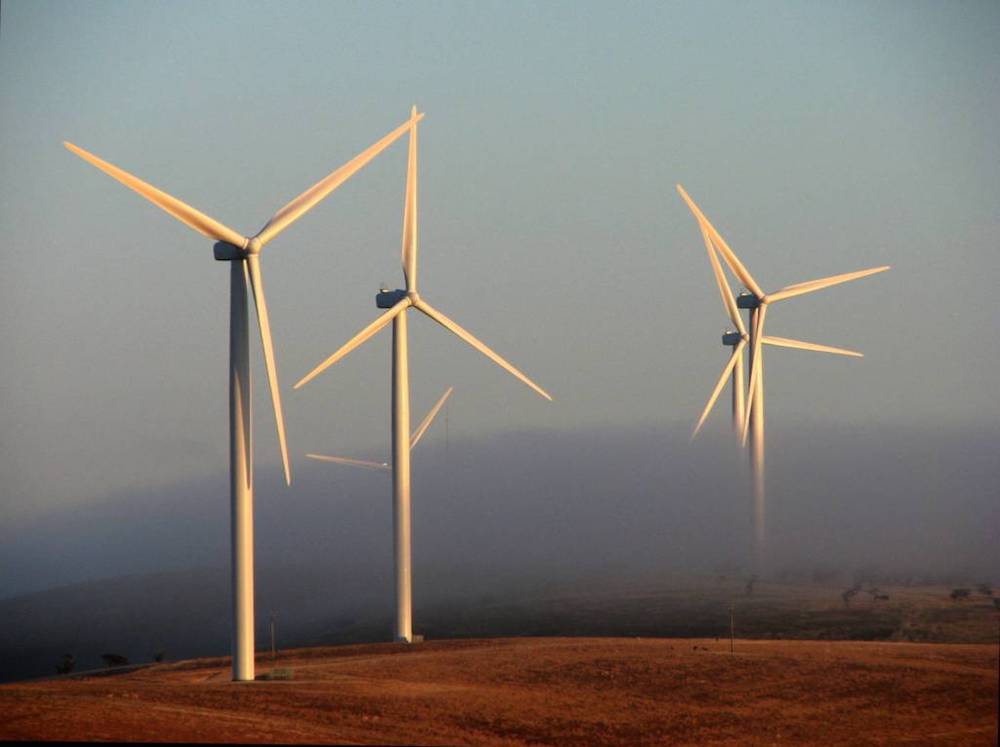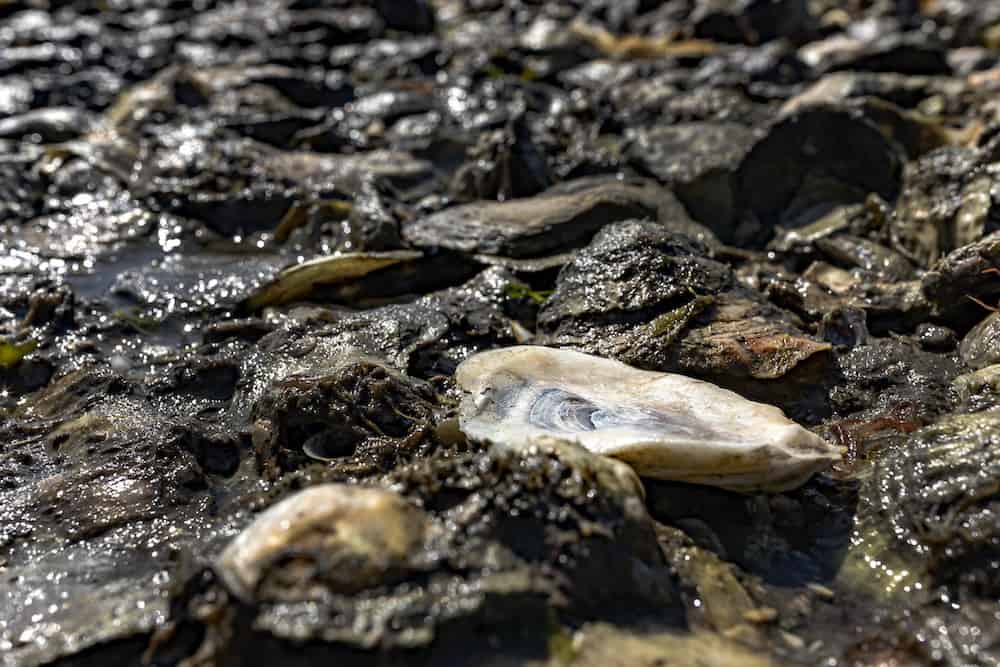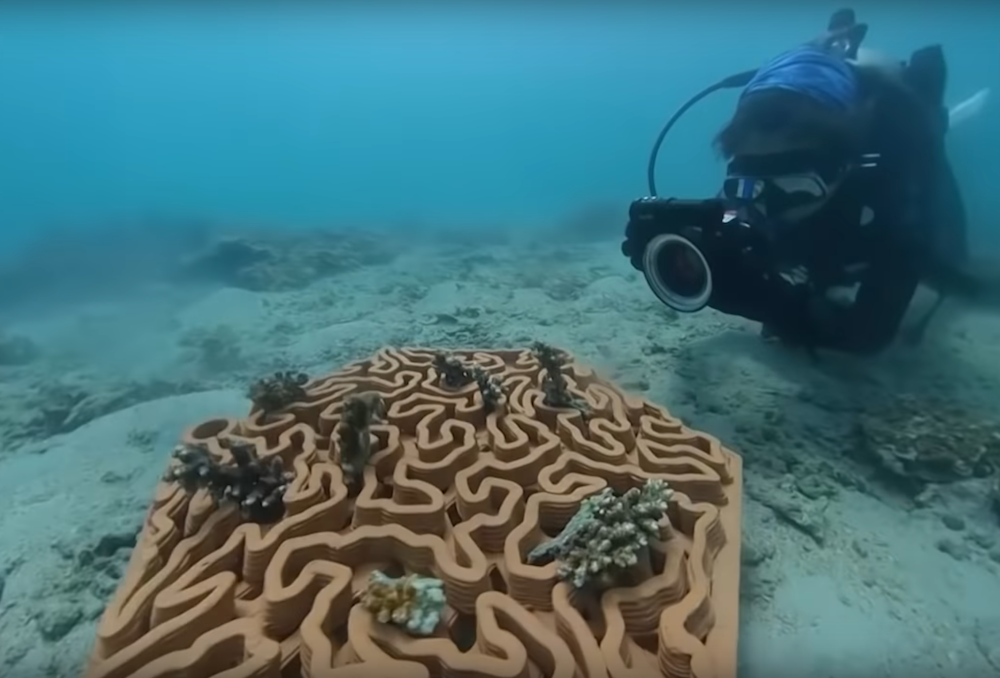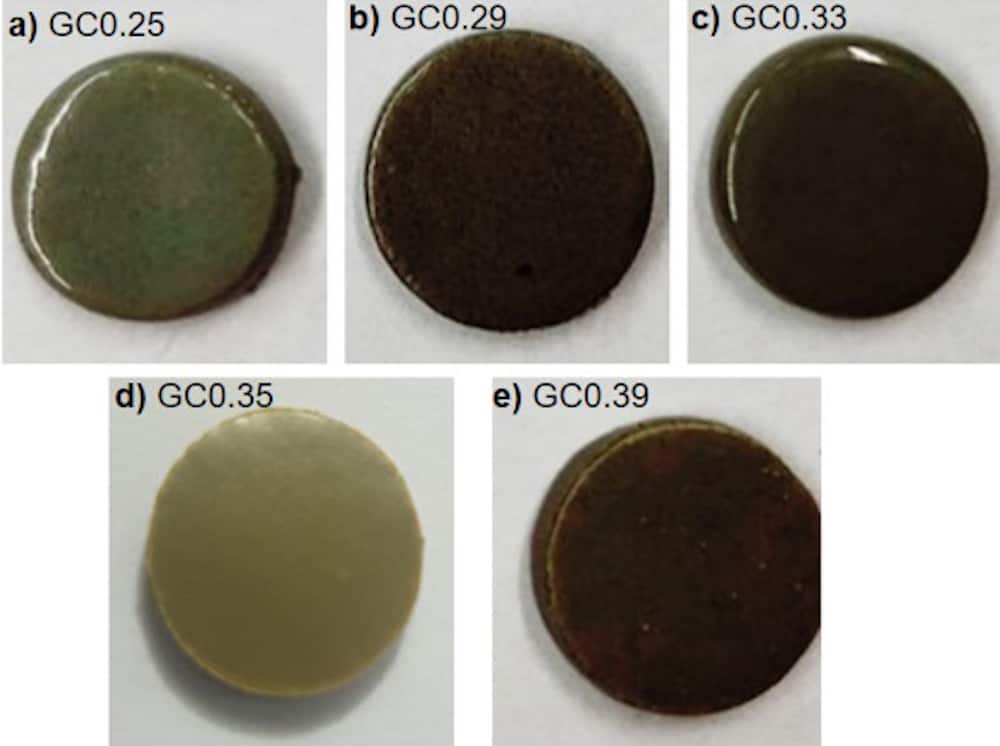
[Image above] Credit: normanack, Flickr (CC BY 2.0)
For activists looking to boost support for a specific topic, designated holidays and celebrations are prime opportunities to capture people’s attention. It is no wonder, then, that glass scientists were thrilled when the United Nations formally designated 2022 the International Year of Glass.
For environmental scientists, the last few years have been a boon due to several environment-themed days celebrating key milestones. In 2020, Earth Day celebrated its 50th anniversary, and in 2021, World Oceans Day helped kick off the United Nations Decade of Ocean Science for Sustainable Development. This year, another UN-led day will mark an important anniversary.
World Environment Day, which takes place June 5, provides a global platform to raise environmental awareness and act on urgent planetary issues. The United Nations General Assembly designated June 5 as World Environment Day in 1972 during the United Nations Conference on the Environment in Stockholm, Sweden, which was the first world conference to make the environment a major issue.
Each World Environment Day focuses on a particular theme. For 2022, the chosen theme is “Only One Earth,” with the focus on living sustainably in harmony with nature.
Ceramic and glass scientists play an important role in moving us toward a more sustainable and harmonious relationship with nature. Today, we look at a few of these many important contributions.
Advancing sustainability of wind energy
As renewable energy continues to account for an ever-larger share of global installed energy capacity, scientists are increasingly determined to ensure these technologies are appropriately recycled or reused upon being decommissioned.
Wind turbine blades are a special focus for environmentalists. While about 85% of turbine component materials can be recycled or reused, the blades are made up of fiberglass, a composite material that is difficult to recycle.
Both private and federal entities have announced numerous initiatives and advancements in recycling wind turbine blades over the past year. The CTTs below highlight some of these projects.
Supporting marine life recovery
Warming waters, overfishing, and pollution have wreaked havoc on many marine ecosystems. Scientists are actively looking for ways to help marine animals recover from these stressful conditions. The CTTs below demonstrate several ways that ceramic and glass materials aid these initiatives.
Sustainable disposal of industrial waste
Though industrialization allows for mass production of affordable goods, it also leads to production of massive amounts of waste. The CTTs below illustrate how ceramic and glass materials help ensure this waste is disposed of responsibly and sustainably.










